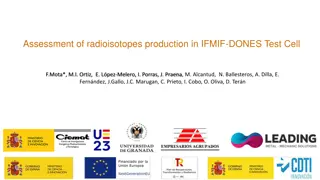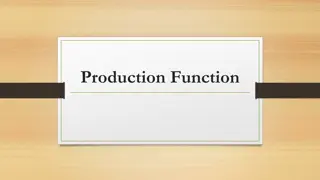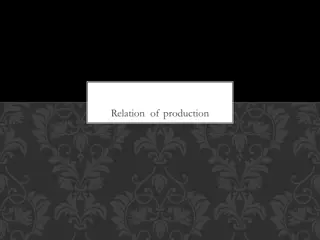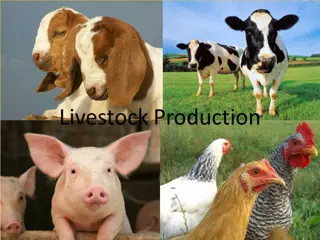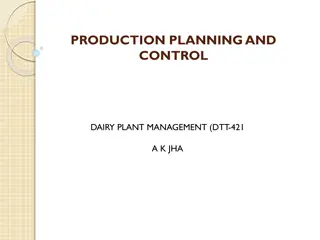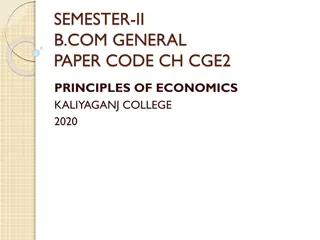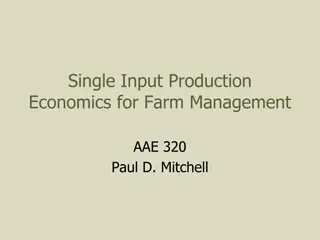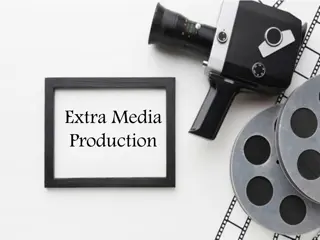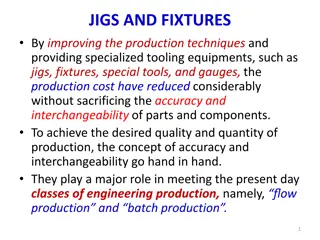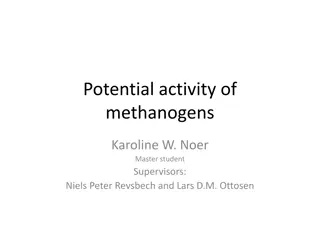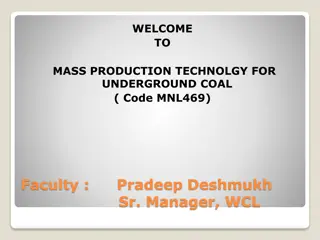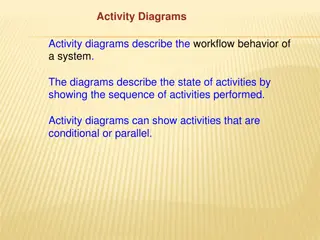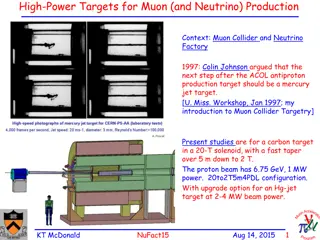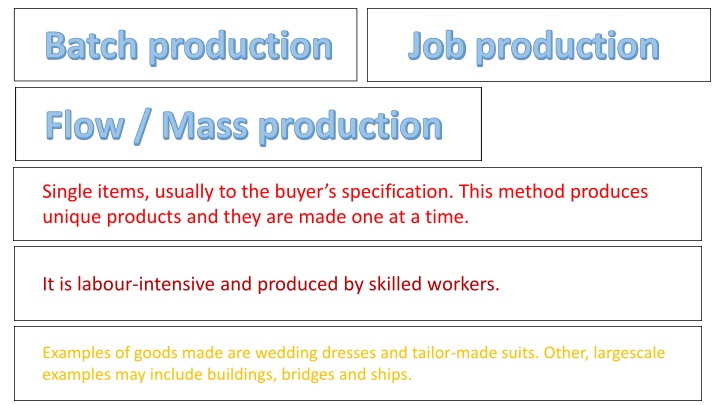
Custom Production Methods in Manufacturing
Discover the differences between batch production, job production, and flow production in manufacturing. Learn about the unique characteristics and advantages of each method, from high-quality custom products to mass production efficiency. Find out how skilled labor, economies of scale, and capital investments play a role in shaping the manufacturing process.
Download Presentation

Please find below an Image/Link to download the presentation.
The content on the website is provided AS IS for your information and personal use only. It may not be sold, licensed, or shared on other websites without obtaining consent from the author. If you encounter any issues during the download, it is possible that the publisher has removed the file from their server.
You are allowed to download the files provided on this website for personal or commercial use, subject to the condition that they are used lawfully. All files are the property of their respective owners.
The content on the website is provided AS IS for your information and personal use only. It may not be sold, licensed, or shared on other websites without obtaining consent from the author.
E N D
Presentation Transcript
Batch production Job production Flow / Mass production Single items, usually to the buyer s specification. This method produces unique products and they are made one at a time. It is labour-intensive and produced by skilled workers. Examples of goods made are wedding dresses and tailor-made suits. Other, largescale examples may include buildings, bridges and ships.
Results in high-quality products that are matched to customer needs. Employees producing goods can be highly skilled and have interesting and challenging jobs. Prices of any goods produced are also likely to be a great deal higher, as skilled workers will command higher payments for their time and expertise. This is the method which involves manufacturing a limited number of identical products. At each stage of the production process work will be completed for the whole batch before the next stage is begun. Will have lower unit costs and higher output than job production. Employees are likely to be semi-skilled and there can be a reliance on capital investment.
However, some economies of scale will be gained when compared with job production. However, some economies of scale will be gained when compared with job production. Time is lost when machines have to be reset for new production and the business may not be equipped to deal with large scale orders. There is a continuous process the product flows from one stage of production to the next. This method allows identical products to be made in large volumes. The production process is broken down into a number of small, simple tasks enabling machines or robots to be utilised. The production of the products is much faster than job or batch production so a business can meet the demand of large quantities.
There are often large amounts of capital investment involved through high set-up costs production line machines/robotics can be very expensive. The products produced through this production method are identical and this method does not allow for a wide product range. The products produced through this production method are identical and this method does not allow for a wide product range. There are often large amounts of capital investment involved through high set-up costs production line machines/robotics can be very expensive.

